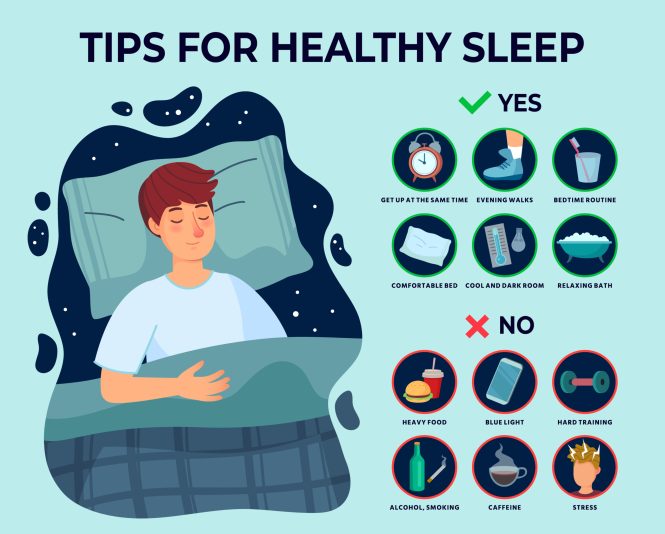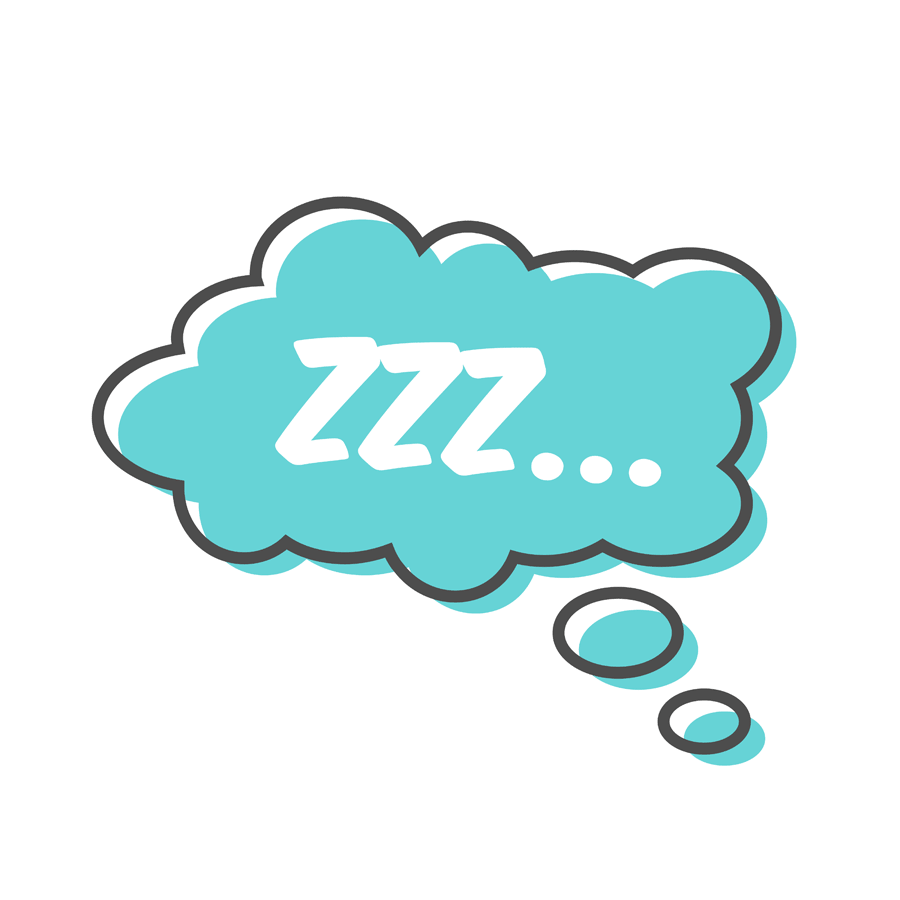

How to Sleep on a Plane: The optimal Eye Mask and Earplugs is your ultimate guide for overcoming the challenges of slumber on an airplane. For many travelers, the act of falling asleep on a plane feels like a monumental task. This is often due to the uncomfortable seating, the noise of the engines and other passengers, and the cramped space. But what if there was a way to transform your in-flight experience from one of constant discomfort into one of peaceful repose? This guide helps to transform your in-flight experience into one of peaceful repose. By understanding the essential elements and making the right choices, you can transform your travel experience by ensuring peaceful and restful sleep. We’ll delve into the most effective eye masks and earplugs that are meticulously curated based on their comfort, efficacy, and portability, offering specific recommendations and practical strategies. Furthermore, we’ll explore strategies for optimizing your seating position to promote sleep, the significance of noise reduction, and strategies to manage the environment to maximize your chances of a good night’s sleep. We will cover all the essentials, so you can experience a peaceful flight to your next destination.
Choosing the Right Eye Mask:
Essential for Blocking Out Light:
Eye masks are crucial for blocking out disruptive light sources, which is essential for falling asleep on a plane. The light from the cabin lights, overhead lights, or even the reflections from other passengers’ devices can significantly disturb sleep patterns. A quality eye mask should effectively block light to create a dark and peaceful environment. Consider the material of the mask; a soft, lightweight material like microfiber or silk is both comfortable and effective. Look for adjustable straps, ensuring a snug and secure fit. Many travelers prioritize lightweight and foldable eye masks for easy storage during travel.
Factors to Consider:
Light blocking ability is paramount; make sure it can adequately shield your eyes from external light sources. Also, consider the comfort of the material; soft and breathable materials will prevent discomfort or skin irritation. A well-designed mask should stay in place without putting pressure on your eyes or temples.
selecting Effective Earplugs:
Reducing Noise for Enhanced Sleep:
Noise is a major sleep disruptor in flight, whether it’s from the engines, the conversation of fellow passengers, or the rhythmic thump-thump of the plane. Ear plugs play a crucial function in isolating you from this external sound, enabling you to fall asleep more easily. Look for high-quality earplugs that deliver effective noise reduction. Many travelers prioritize a comfortable, secure fit, as well as materials that don’t cause discomfort or put unnecessary pressure on the ear canal. Consider the type of earplugs that optimal fit your sleep preferences and environmental needs, be it noise reduction, sleeping, or relaxation purposes.
Various Options for Noise Reduction:
Many studies have shown the benefits of noise cancellation and other noise reduction techniques. There are various options available, including foam earplugs, silicone earplugs, and custom-molded earplugs. Consider what optimal suits your budget and how effective you need it to be.
Optimizing Your Seating Position for Sleep:
Maximizing Comfort and Rest:
Choosing the right seat position can significantly enhance your sleep quality. Try to select a window seat or aisle seat, as these often offer more personal space compared to middle seats. Window seats offer a bit of privacy, and aisle seats allow for easier access to the restroom. A good plan is to select a seat that minimizes direct sunlight, or reflections from overhead or electronic devices of other travelers.
Practical Strategies:
Consider bringing a small pillow or neck support to aid in maintaining a comfortable posture, and try to find a spot that’s less prone to noise disruption or vibrations from other passengers. These small steps can create a relaxing atmosphere during long flights. In order to get the optimal rest possible, it is helpful to have the most comfortable position possible.
Creating a Relaxing In-Flight Environment:
Fostering a Peaceful Atmosphere:
In-flight environment significantly impacts sleep quality. Try to control the environment and set yourself up for a comfortable and relaxing experience. Use your eye mask and earplugs strategically to block out light and sound, create an environment suitable for rest, and minimize the risk of discomfort or disturbances. Minimize movement or activities that might disturb your sleep. Bring relaxation materials or entertainment to reduce feelings of being confined.
Practical Strategies:
Consider bringing a blanket, even if the plane has blankets. A soft and cozy blanket can enhance comfort, which is essential for drifting off to sleep. Make sure the airplane’s atmosphere is as relaxing as possible. This might include controlling the lighting, utilizing noise-canceling headphones, or choosing a comfortable seat position, which will ensure you can rest easier during long flights.
Importance of Preparation for Smooth Sleep:
Preparation and Planning:
Planning ahead for sleep is a crucial step for maintaining good sleep hygiene. If you know you’ll be traveling for a long period of time, you can begin planning to maximize your sleep experience ahead of time. Ensure you have everything you need before starting your journey. Choosing the ideal eye mask and earplugs before your trip reduces stress on your flight, allowing you to have a smoother transition. This approach also helps to eliminate a lot of decision fatigue when you’re already on the plane.
Practical Strategies:
Plan when you’ll take your medications and any supplements. Establish a regular sleep schedule before your journey. This will help regulate your body’s natural sleep-wake cycle.
Advanced Sleep Strategies:
Promoting Relaxation:
Relaxation techniques can have a huge impact on in-flight sleep. Techniques like deep breathing, meditation, or listening to calming music can help relax your body and mind. Consider bringing an audiobook or a book that helps you feel calm. Try to set up your area for maximum relaxation on the plane.
Practical Strategies:
Engage in relaxation techniques such as deep breathing exercises. Listening to calming music can help minimize disruptions and encourage sleep. Relaxation techniques reduce anxiety and promote comfort during air travel.
Common Mistakes to Avoid:
Making Good Choices:
It’s easy to make mistakes when trying to sleep on a plane. Avoid using electronics right before bed as the blue light can interfere with your sleep. Bringing too many items or being overly prepared can hinder your relaxation. select items that will help and hinder your sleep appropriately, without bringing too many items.
Practical Strategies:
Limit screen time before trying to sleep and try to manage your expectations for sleep during the flight.
Conclusion:
In conclusion, ensuring a restful sleep on a plane is achievable with the right preparation and tools. Choosing comfortable sleeping attire, utilizing an effective eye mask, and selecting noise-canceling earplugs can significantly enhance your travel experience. Remember that preparation is key. By being proactive in selecting the optimal sleep aids and adapting to the in-flight environment, you can maximize your rest and arrive at your destination refreshed and ready to explore.
FAQ:
What are the optimal earplugs for air travel?
Noise-canceling earplugs are a valuable tool for reducing external distractions on an airplane. Look for earplugs that are specifically designed for noise reduction, such as high-quality foam or silicone earplugs that create a comfortable seal in the ear canal. These earplugs should offer effective noise reduction while remaining comfortable for extended wear. Consider reviews from other travelers and look for options with comfortable material and a snug fit. These factors can contribute to a better sleep experience during air travel.
What type of eye mask should I select for sleeping on a plane?
An effective eye mask for air travel should effectively block out light. Look for soft materials such as microfiber or silk, and ensure it stays comfortably in place without causing pressure points on your temples or around the eyes. The fit is crucial to ensuring comfort and continued use during your flight. Adjustable straps that secure the mask in place are key. Many people find that a lightweight, foldable eye mask is optimal for easy travel.
In conclusion, ensuring a restful sleep on a plane is achievable with the right preparation and tools. Choosing comfortable sleeping attire, utilizing an effective eye mask, and selecting noise-canceling earplugs can significantly enhance your travel experience. Remember that preparation is key. By being proactive in selecting the optimal sleep aids and adapting to the in-flight environment, you can maximize your rest and arrive at your destination refreshed and ready to explore. If you’re looking for more sleep-enhancing tips, explore our guide on [link to pertinent guide]